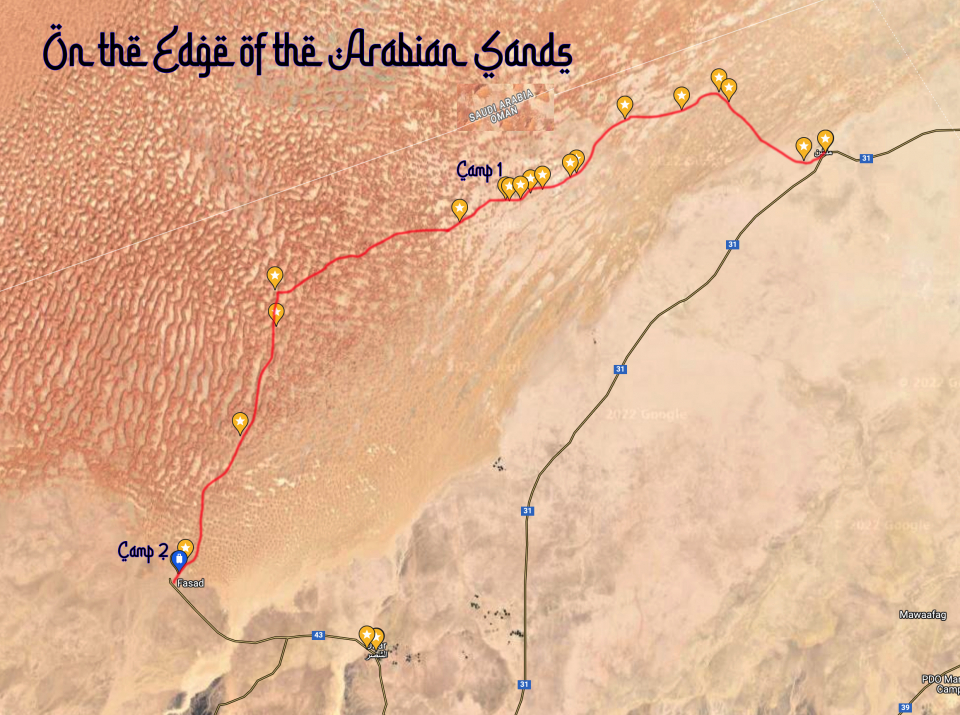"Who lives sees, but who travels, sees more." -- Ibn Battutah
Ever since I backpacked in Joshua Tree National Monument many winters ago as a 16-year-old, I have been in love with the desert. There is something about the forever vistas, the clear crystalline air, the rugged canyons and dry arroyos, sheer pinnacles and spires and hoodoos, deserted lonely mountains, the soft shifting sands, the crisp dawns, the honey-hued sunsets and star-seeded nights and, yes, the general dearth of people, that have drawn me to austere deserts that many others merely pass through, consider a barrier, have given up on, and sometimes even called godforsaken.
Sure, I love hiking in the mountains and a day at a pristine seashore is refreshing. At heart a tree hugger, given the choice I would leave the forests for others and find my way to where the stunted trees are few, have thorns and don’t obstruct my views. The Colorado Plateau of the Southwest, Nevada’s Great Basin and Utah’s West Desert, the Mojave and the Sonoran deserts have all been places that I enjoy exploring and continue to return to. But, I’ve also spent much time reading and thinking about exploring far off deserts such as the Atacama, the Namib , the Kalahari, the Taklamakan, the Gobi, and the deserts of the Arabian peninsula and North Africa. So, when international traffic began opening up earlier in the year after two long homebound pandemic years I started looking at new places to travel to. I had just finished Freya Stark’s 1930s account of her exploration and travels through southern Yemen. And that got me thinking about an area I have long wished to travel to, the vast almost 250,000 mi.² region of sand dunes and gypsum/gravel plains known as the Empty Quarter. Stretching in the north from Saudi Arabia and Abu Dhabi to Yemen and Oman in the south, I had first read about the Empty Quarter (otherwise known in Arabic as Rub’ al Khali) some thirty-odd years ago when I read Wilfred Thesiger’s account of crossing it (twice!) in the 1940s. His book, “Arabian Sands,” which I just recently reread, is the definitive account of mid 20th century exploration in Arabia and has been inspirational to me for a long time.
Saudi Arabia is a difficult travel destination due to their policies and politics; Yemen is one of the most dangerous places to find oneself as a traveler, and the Abu Dhabi section of the Empty Quarter is relatively small. Oman, on the other hand, is a very safe travel destination and features some long stretches of “the Sands,” as the Bedouin call it. So, I began looking for photography tours to Oman that would include the Empty Quarter. I came up with none. So, I cast a wider net excluding the word “photography’ from my search and came up with a tour company, Wild Frontiers, in the UK that seemed to have the perfect tour for me: 11 days total, two camping in an area called the Wahiba Sands and two camping in the Empty Quarter. I booked it.
After a couple of days in the capital, Muscat, a couple more in the rugged mountains in the north of Oman, and three days driving in the Wahiba Sands and along the coast, we headed inland to the Empty Quarter. Our jumping off point – where we left the pavement and cellular service behind -- was an edge-of-the-desert, middle-of-nowhere village called Maqshin. After two days and some 350 kilometers or so, we would emerge near the western village of Hashman, some 60 kilometers from the chaos of Yemen. At times, during the next two days, we would be less than 20 kilometers from the Saudi border. At first the drive in was relatively uninteresting as we quickly passed the last of the flat plains that is Oman’s central desert. Soon we began seeing lines of small dunes paralleling the road. The road gave way to an alternately gravelly and sandy track and the dunes began rising in stature. Soon we shifted to a more westerly route and the dunes rose to our north like tall ships at sea. Within a couple of hours we were in the heart of the Omani Empty Quarter, as evidenced by the 300, 400, and 500 hundred foot dunes that rose around us, on all sides.
I have seen many dunes before, but the variety of the Arabian sands is astounding. Size-wise, they ranged from small chest-high ones called baby dunes to giant, sprawling behemoths stretching for kilometers. The sands were multi-hued, starting out white, then moving into yellows, saffrons, reds and russets, orange, and shades of vermilion. We were on an old Bedouin camel caravan route that is primarily used now as a way for 4WD vehicles to venture into and through the Omani part of the Quarter. Often the going was fast as the dunes are separated by vast gravel plains but invariably and eventually we would need to climb over low ridges of the soft and seeming viscous sands. With tires deflated, the climbing was usually easy and the descent exhilarating as we slithered and slide nose-first down the backside of the dunes. After a long day, countless sand dunes that I was aching to stop and explore, and a hundred-plus kilometers we came upon a very small oasis: nothing more than a several thorny acacia trees with a flexible pipe coming out of the ground and perpetually draining into a filled bathtub. The water was just shy of hot and smelled slightly of sulfur but apparently the camels don’t mind. The bathtub was odd, but convenient as a I would use it the next morning. A kilometer or so away was a beautiful dunescape (aren’t they all!) and that was to be out campsite. We climbed a low set of dunes and the guide and drivers parked the vehicles…home!
Removing my sandals, the sand was incredibly soft and warm. Barefoot hiking in the dunes is the way, as the Bedouin have known for eons. Sunset was only about an hour off and there was a light wind that blew the sand about 6 inches above the surface of the dunes but I didn’t worry about my cameras, intent on photographing the late afternoon light and of course the dying sun, the results of which you see here. When the moon rose -- no dark sky astrophotography for me on this trip -- I was able to capture the dunes in the cool glare of full moon light. A few bright stars twinkled above, as the planets Mars, Jupiter and Saturn shown steady and bright.
Watching the moon climb higher in the night sky while the warm breeze ruffled the flaps on my tent. it became clear to me that this was a place that I wanted to return to; to down shift and spend more time absorbing and exploring, to wander at will, to feel the stillness of the Empty Quarter, once again.
See (more) dunes, mosques, markets, mountains, and other images of Oman at https://www.clayhausphotography.com/oman.


